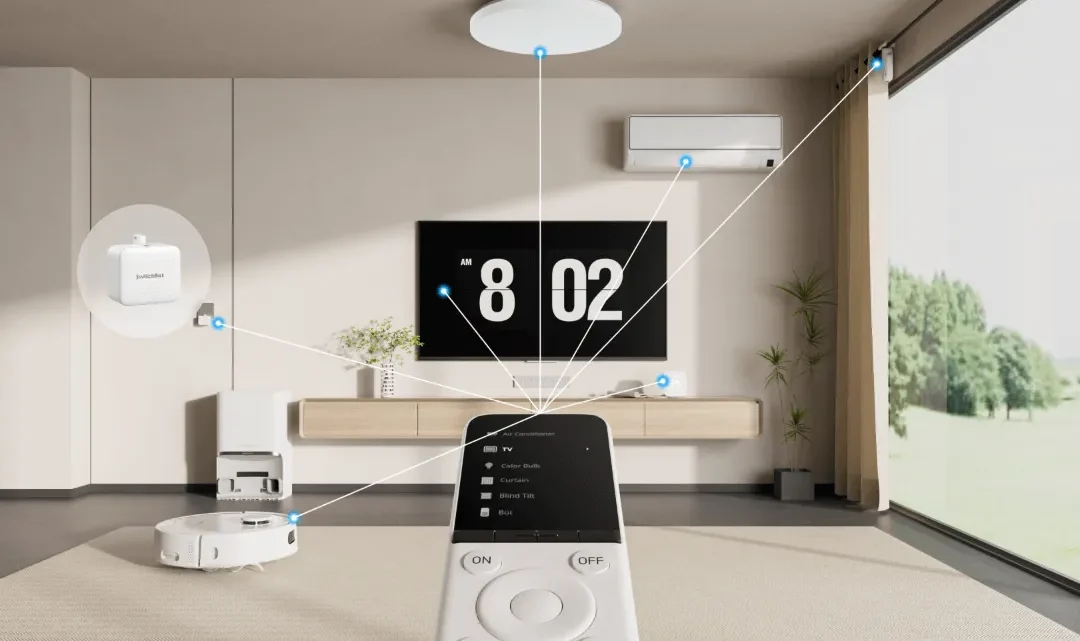
Best Smart Home Devices for Beginners: Reviews and Setup Tips
Starting your smart home journey doesn’t have to feel overwhelming. With the right smart home devices for beginners, you can automate lighting, boost security, and control everything from your phone—without needing a tech degree.
This guide covers the best smart home devices in 2025, including honest reviews, easy smart home setup tips, and how to avoid common pitfalls.
Trending Now!!:
Whether you’re searching for affordable smart plugs, Wi-Fi light bulbs, or a voice-controlled smart speaker, these picks integrate seamlessly with Alexa, Google Home, or Apple HomeKit.
Why Start with Smart Home Automation?
Smart home automation saves time, cuts energy bills, and adds convenience. Beginners love plug-and-play gadgets that work over Wi-Fi or Zigbee without complex wiring.
The global smart home market now exceeds $150 billion, driven by user-friendly devices that require zero coding.
Top Smart Home Devices for Beginners
1. Best Smart Speaker: Amazon Echo Dot (5th Gen)
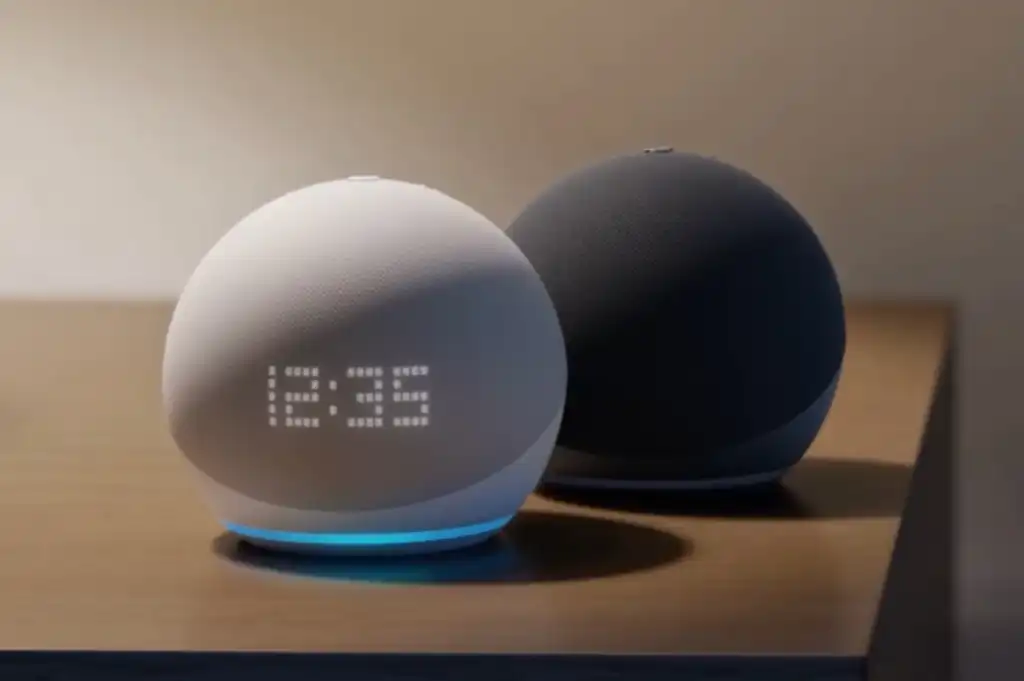
The Amazon Echo Dot remains the ultimate smart home hub for beginners. Its compact design hides a powerful speaker and Alexa integration.
- Review: Crystal-clear audio, responsive voice commands, and Matter support for future-proofing. Beginners use it to control lights, play music, or set reminders.
- Setup Tip: Download the Alexa app, connect to Wi-Fi, and say “Alexa, discover devices” to link compatible gadgets.
- Price: Around $50.
Pro Tip: Pair with smart bulbs for hands-free lighting.
2. Best Smart Light Bulbs: Philips Hue White & Color Ambiance
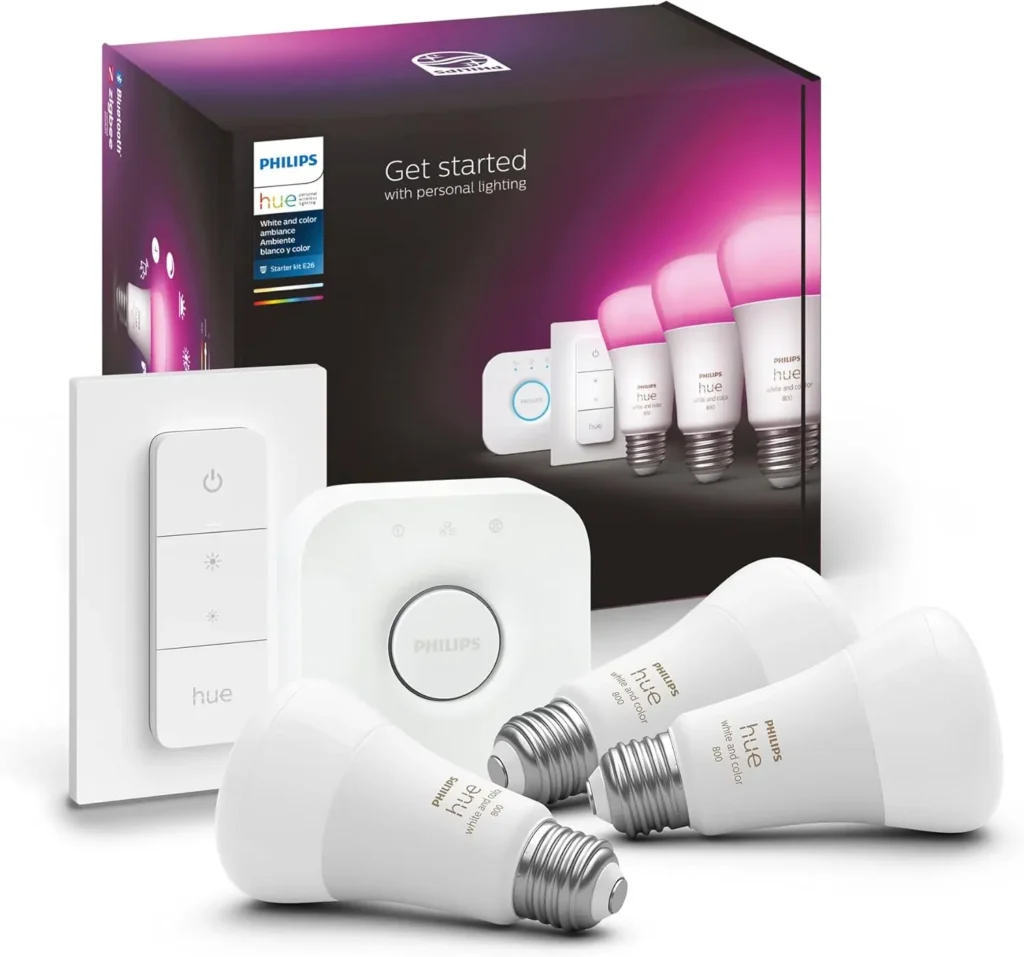
Philips Hue bulbs top every smart lighting list for reliability and vibrancy.
- Review: 16 million colors, dimmable whites, and Zigbee connectivity (Hue Bridge required for full features). Beginners start with the Bluetooth version—no hub needed.
- Setup Tip: Screw in the bulb, open the Hue app, and follow the pairing wizard. Enable voice control with Alexa or Google in under 2 minutes.
- Price: Starter kit ~$100 for 2 bulbs + hub.
Energy Saver: Schedule lights to turn off automatically.
3. Best Smart Plug: TP-Link Kasa Smart Wi-Fi Plug Mini (EP25)
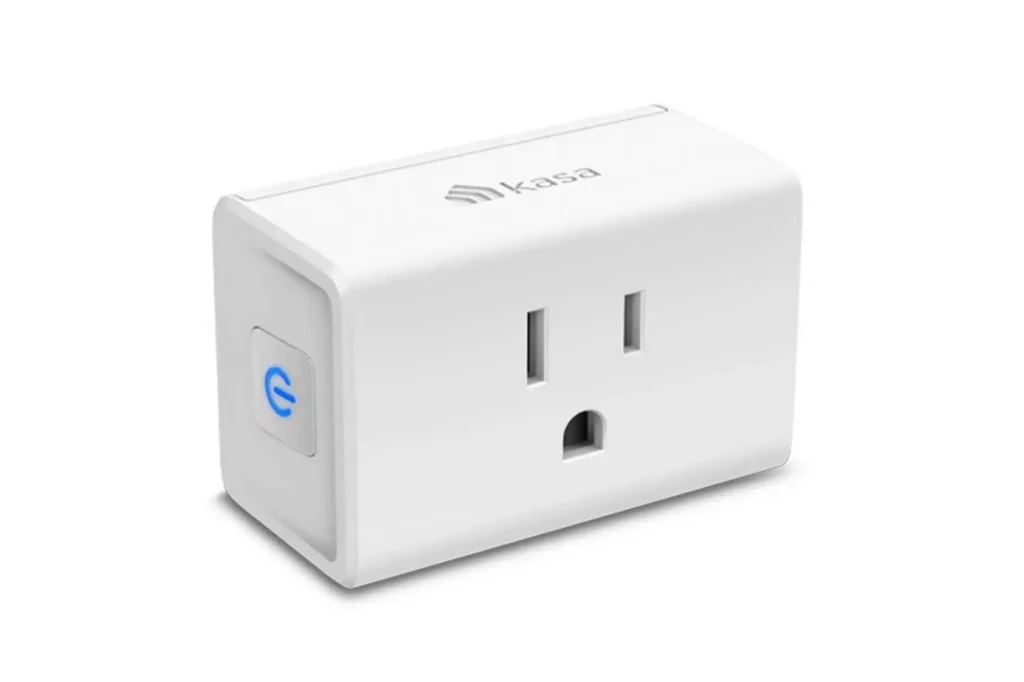
Turn any appliance smart with the Kasa smart plug.
- Review: Compact, supports up to 15A, and includes energy monitoring. No hub required—pure Wi-Fi magic.
- Setup Tip: Plug into an outlet, scan the QR code in the Kasa app, and connect to 2.4GHz Wi-Fi (critical for most IoT devices).
- Price: $15–$20 each.
Beginner Hack: Create “Away Mode” to randomize lamp schedules for security.
4. Best Smart Thermostat: Google Nest Learning Thermostat (4th Gen)
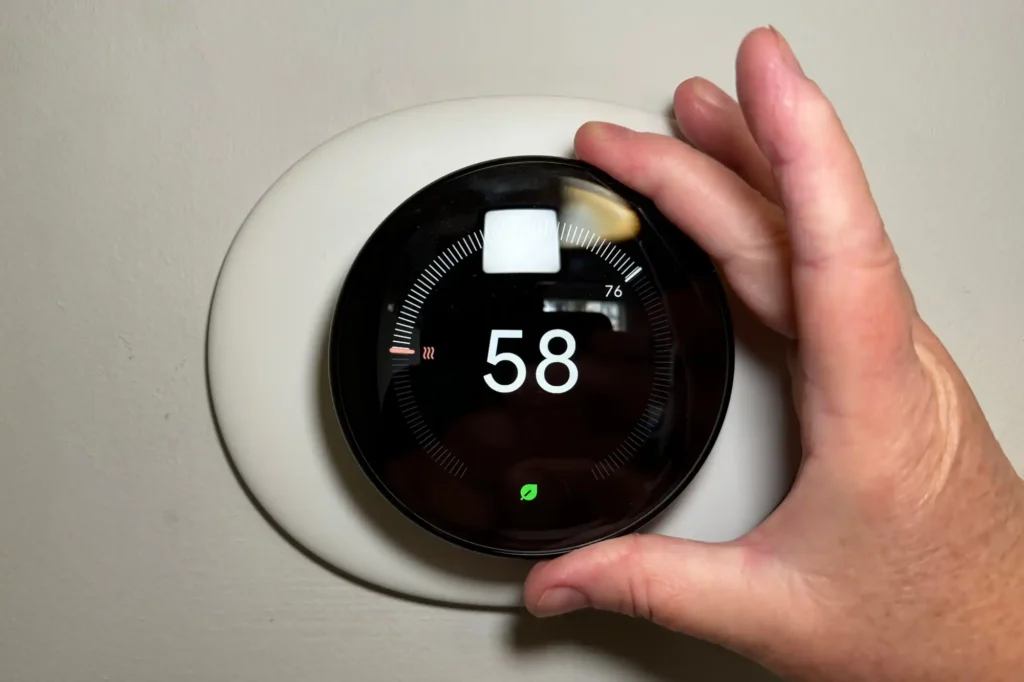
The Nest Thermostat masters smart home energy efficiency.
- Review: Learns your schedule in a week, adjusts remotely via app, and saves ~10–15% on heating/cooling. Sleek design with Matter support.
- Setup Tip: Use the compatibility checker on Google’s site first. Swap your old thermostat (label wires!), then follow the app’s step-by-step guide.
- Price: ~$250.
Bonus: Geofencing turns down the heat when you leave home.
5. Best Smart Security Camera: Blink Outdoor 4
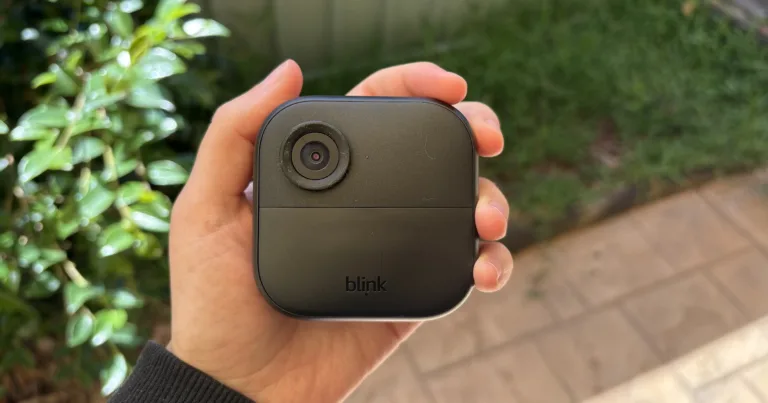
Blink cameras deliver wireless smart home security on a budget.
- Review: 1080p HD, two-year battery life, motion detection, and local storage via Sync Module. Alexa integration for live view on the Echo Show.
- Setup Tip: Charge the battery, add to the Blink app, and mount with the included kit. Enable person detection to reduce false alerts.
- Price: $100 (camera + module).
Night Vision Tip: Position away from reflective surfaces.
Smart Home Setup Tips for Beginners
- Stick to One Ecosystem
- Start with Alexa-compatible devices or Google Home gadgets to avoid app overload.
- Use 2.4GHz Wi-Fi Only
- Most smart home gadgets reject 5GHz bands. Create a separate 2.4GHz SSID if your router combines bands.
- Secure Your Network
- Enable WPA3, use a strong password, and consider a guest network for IoT devices.
- Add a Smart Hub Later
- Begin hub-free (Bluetooth/Wi-Fi), then upgrade to a Philips Hue Bridge or Aqara Hub for Zigbee expansion.
- Test Routines Early
- In the Alexa app, create a “Good Morning” routine: lights on, coffee maker starts, weather briefing.
Common Beginner Mistakes (and Fixes)
- Overbuying: Start with 2–3 devices. Scale after mastering the basics.
- Ignoring Firmware Updates: Apps prompt updates—install them for security patches.
- Poor Placement: Keep smart plugs accessible; avoid chaining power strips.
Budget Smart Home Starter Kit Under $150
- Echo Dot ($50)
- 2x Kasa Smart Plugs ($30)
- 2x Wyze Bulbs ($20)
- 1x Blink Mini indoor camera ($35)
Total: ~$135. All Alexa-ready, no hub.
The Future: Matter & Thread
New Matter-certified devices work across Alexa, Google, and Apple. Look for the Matter logo to future-proof your smart home system.
Final Verdict
The best smart home devices for beginners prioritize simplicity, affordability, and interoperability.
Start with an Echo Dot or Google Nest Mini, add smart plugs and light bulbs, then expand into thermostats and cameras. Follow these setup tips, and you’ll have a fully automated home in a weekend.
Ready to go smart? Grab an Amazon Echo or TP-Link Kasa plug today—your future self will thank you.


